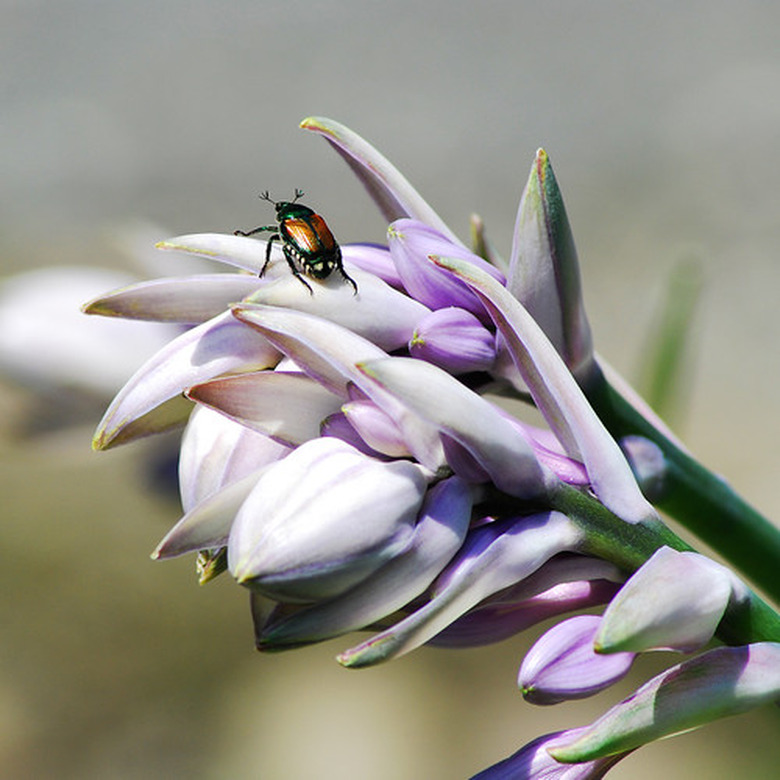Why Aren't My Hostas Flowering?
Hostas are low-maintenance, shade-tolerant perennials with beautiful foliage. Their clump-like mounds fill spaces in the garden, and their flower spikes are favorites of bees and other pollinators. While gardeners generally consider hostas very easy to grow, there are some conditions that may lead to these popular plants not flowering.
Growing Conditions
Hostas prefer some shade, but not deep shade. The ideal growing area would receive morning sun and afternoon shade. If your plants are in deep shade, they may not develop flowers and focus instead on expanding their foliage.
If the soil is not nutritionally balanced, try a granular 10-10-10 fertilizer. Apply it once early in the spring, again six weeks later and finally in mid-July. The ideal pH level for the soil is 6.5 to 7.5.
- Hostas are low-maintenance, shade-tolerant perennials with beautiful foliage.
- While gardeners generally consider hostas very easy to grow, there are some conditions that may lead to these popular plants not flowering.
Inadequate watering will also affect hostas. They need a minimum of one inch of water per week during the growing season.
Pests
Hostas are a favorite food of slugs and snails. These mollusks will leave large holes in your plant's leaves and can easily damage newly emerged flower stalks. Try using chemical slug baits or beer traps to get rid of the pests.
Deer are also attracted to hostas and can clear out an entire bed in one evening.
Varieties
Hostas can take up to four to eight years to reach maturity. Some varieties will not bloom until they have reached almost full size. Check with your garden center for information on your specific cultivar.
- Inadequate watering will also affect hostas.
- These mollusks will leave large holes in your plant's leaves and can easily damage newly emerged flower stalks.
Weather Damage
Frost or hail damage can keep your hosta from flowering. Because the roots are generally not affected, it's likely your plant will survive and return to bloom the following season.
Change
Dividing a hosta is easy to do; simply cut the plant vertically in half with a straight-edged shovel. It is easy to divide and move. However, the shock of the divison may initially keep your hosta from blooming. The plant should return to normal for the next season.
